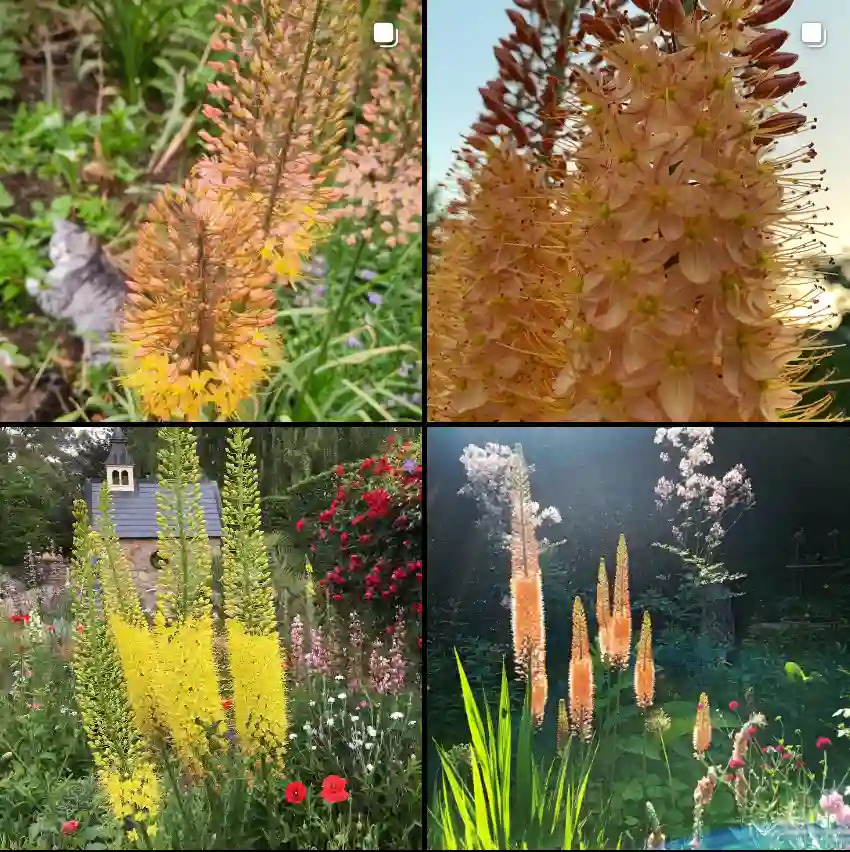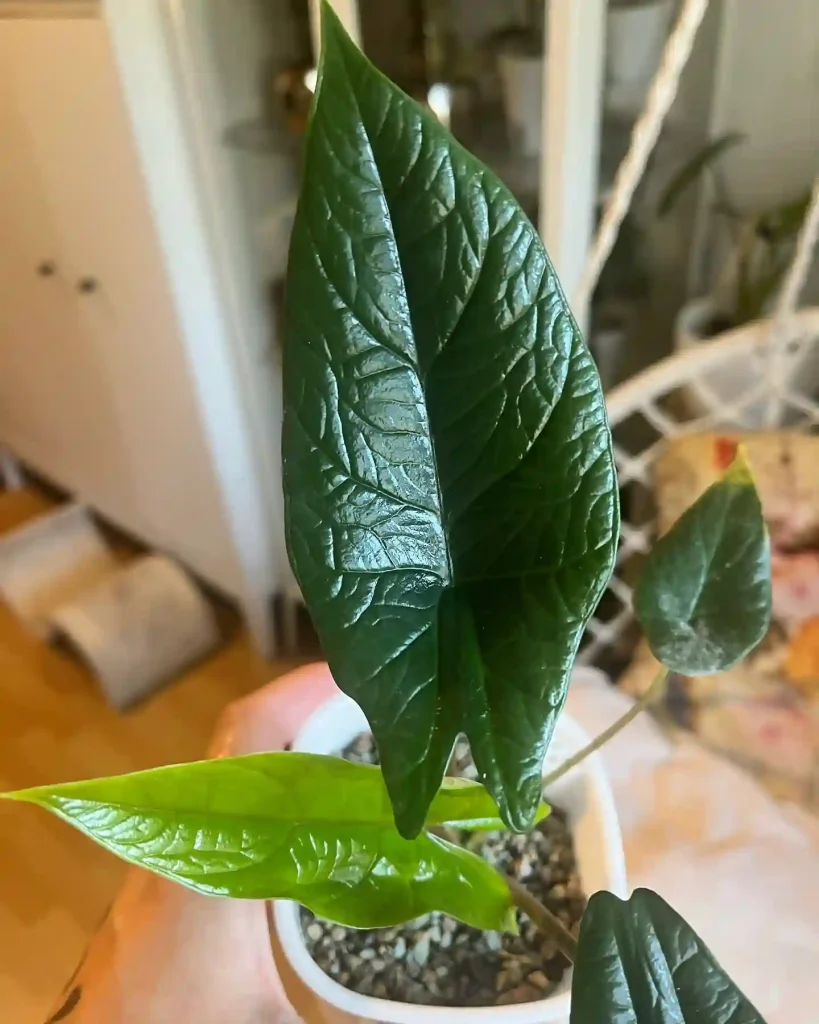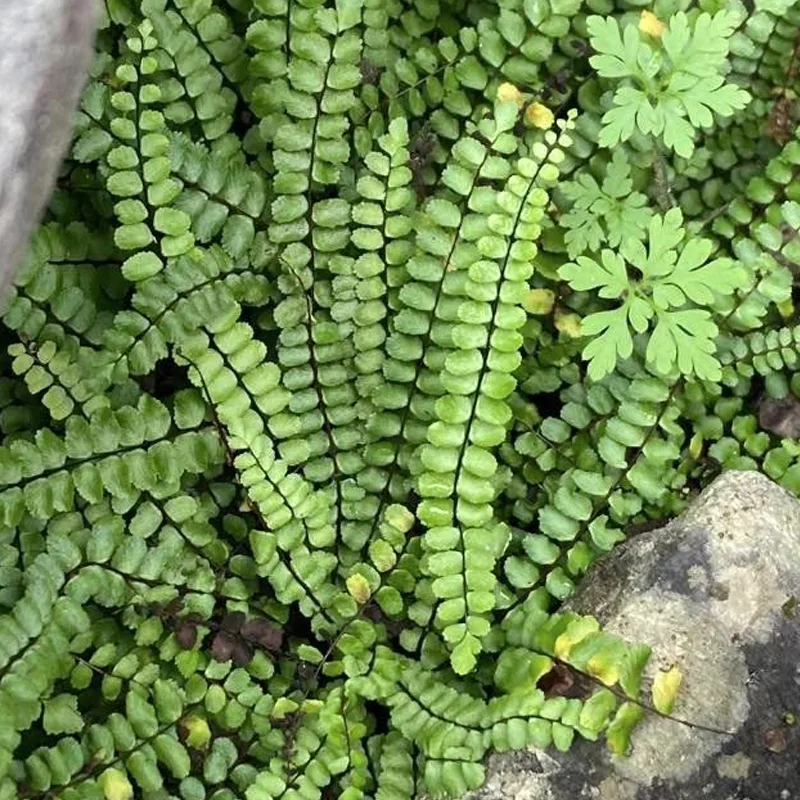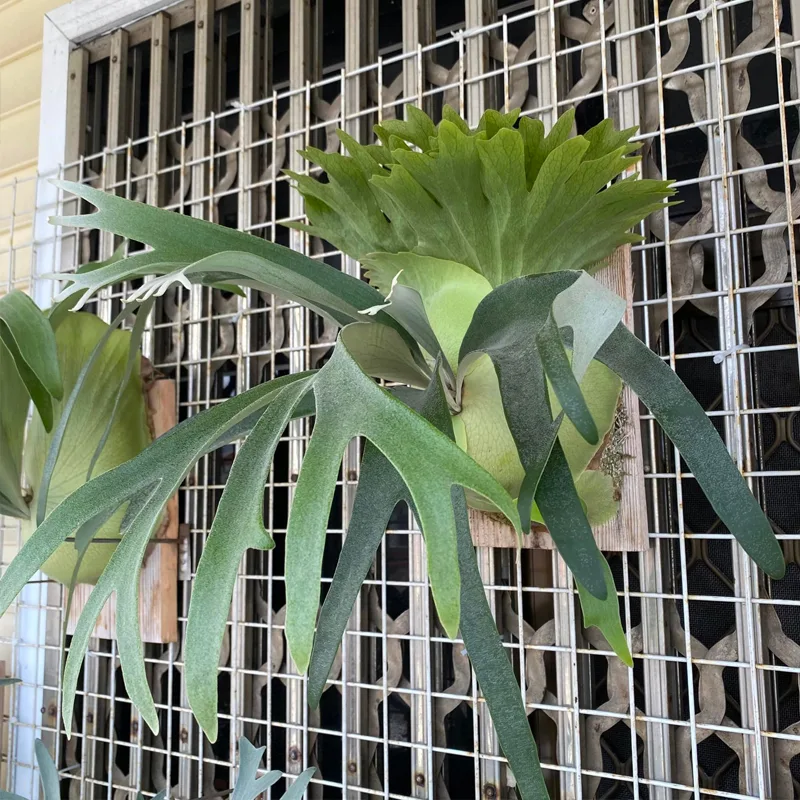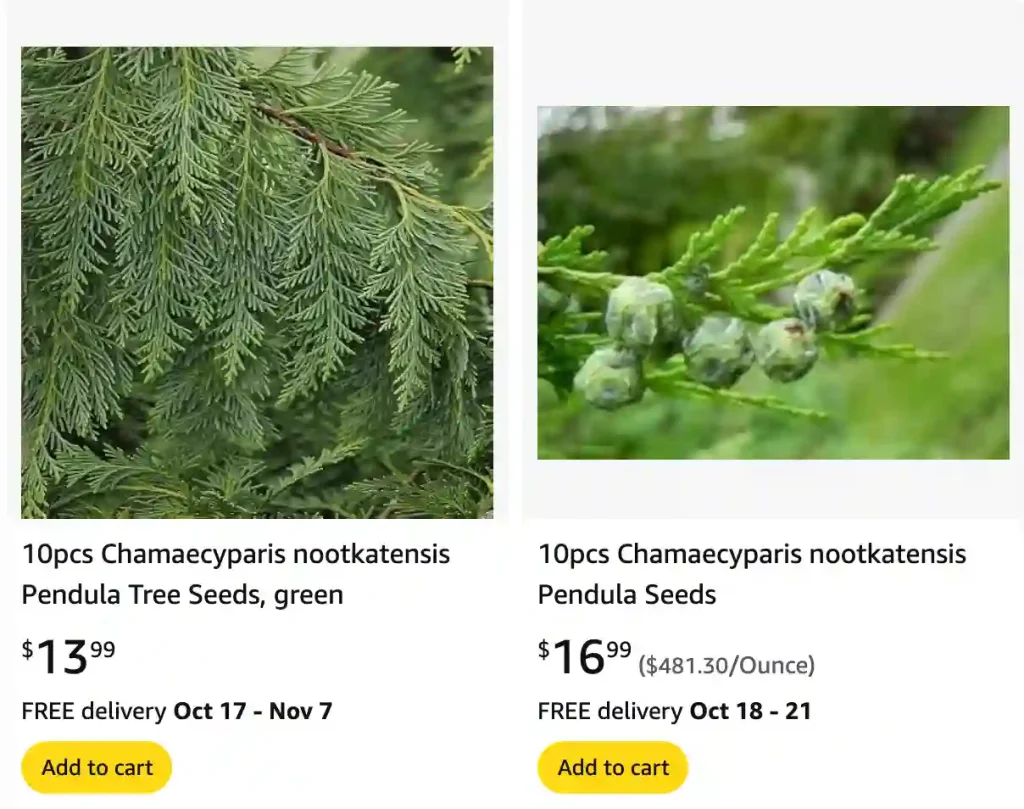
FAQs About Chamaecyparis Nootkatensis
Chamaecyparis Nootkatensis, commonly known as Nootka cypress or Alaska cedar, is a captivating tree that has piqued my interest. With its stunning foliage and unique characteristics, it’s become a popular choice in gardens and landscapes. Here, I’ll address some frequently asked questions about this remarkable tree, sharing my experiences and insights.
5 Species in Genus Chamaecyparis
What is Chamaecyparis Nootkatensis?
Chamaecyparis Nootkatensis is an evergreen conifer native to the coastal regions of Alaska and Canada. It can grow up to 50 feet tall, though it typically stays shorter in cultivated settings. Its distinct, feathery foliage appears in shades of green to blue-green, creating a lush, textured look. I find its pyramidal shape particularly appealing, making it an excellent focal point in any garden.
How to Care for Chamaecyparis Nootkatensis?
Caring for Chamaecyparis Nootkatensis is relatively straightforward, which I appreciate as a gardener. Here are some essential care tips:
- Location: This tree thrives in well-drained soil and prefers full sun to partial shade. I’ve noticed that it grows best when it gets at least six hours of sunlight each day.
- Watering: While young trees require regular watering, established ones are quite drought-tolerant. During dry spells, I make sure to water deeply to encourage healthy root growth.
- Fertilization: A balanced, slow-release fertilizer in early spring works wonders. I usually apply it once a year to promote vibrant growth.
- Pruning: Minimal pruning is needed, but I like to remove any dead or damaged branches to maintain its shape.
How to Propagate Chamaecyparis Nootkatensis?
If you’re interested in propagating Chamaecyparis Nootkatensis, there are a couple of methods I’ve found effective:
- Cuttings: Taking softwood cuttings in late spring is a popular method. I usually select healthy, new growth, dip the cut ends in rooting hormone, and place them in a pot with a well-draining mix. Keeping the soil moist and providing humidity helps with root development.
- Seeds: Collecting seeds is another option. I gather seeds from mature cones in late summer. After a period of cold stratification, I sow them in a seed tray. Patience is key here, as germination can take a while.
What to Plant With Chamaecyparis Nootkatensis?
When selecting companion plants, I like to choose those that complement the aesthetic and cultural needs of Chamaecyparis Nootkatensis. Some of my favorites include:
- Ferns: Their lush greenery contrasts beautifully with the tree’s texture.
- Heathers: The colorful blooms provide a nice seasonal change.
- Azaleas: Their vibrant flowers create a stunning display when planted nearby.
Is Chamaecyparis Nootkatensis Toxic?
One of the questions I often encounter is whether Chamaecyparis Nootkatensis is toxic. The good news is that it is generally considered non-toxic to pets and humans. I feel at ease planting this tree in my garden, knowing that it won’t pose a threat to my curious pets.
Benefits of Chamaecyparis Nootkatensis
Chamaecyparis Nootkatensis offers numerous benefits. Here are a few that stand out to me:
- Aesthetic Appeal: Its elegant shape and soft foliage make it a standout feature in landscapes.
- Wildlife Habitat: The dense foliage provides shelter for birds and other wildlife, adding biodiversity to my garden.
- Windbreak: This tree can act as an effective windbreak, which I find particularly useful in exposed areas.
Common Problems with Chamaecyparis Nootkatensis
Like any plant, Chamaecyparis Nootkatensis can face some challenges. Here are a few issues I’ve encountered:
- Cankers: Fungal infections can occur, particularly in overly wet conditions. I always ensure proper air circulation and avoid overhead watering.
- Root Rot: This can happen if the tree is planted in poorly drained soil. I’ve learned to check soil moisture regularly to prevent this.
Comparing Chamaecyparis Nootkatensis with Similar Species
Often, I see Chamaecyparis Nootkatensis confused with other conifers, such as Thuja occidentalis (Eastern Arborvitae). While both have similar uses as ornamental trees, their growth habits and foliage textures differ. Chamaecyparis Nootkatensis has a more open, airy structure compared to the denser Thuja. This distinction makes it easier to choose one over the other depending on your landscape design needs.
Conclusion
Chamaecyparis Nootkatensis has won my heart with its stunning aesthetics and relatively easy care. Whether you’re considering adding it to your garden or simply curious about this tree, I hope my insights help illuminate its many qualities. It’s a beautiful addition that brings joy and diversity to any landscape. Happy gardening!
If i die, water my plants!
